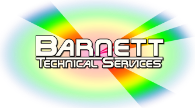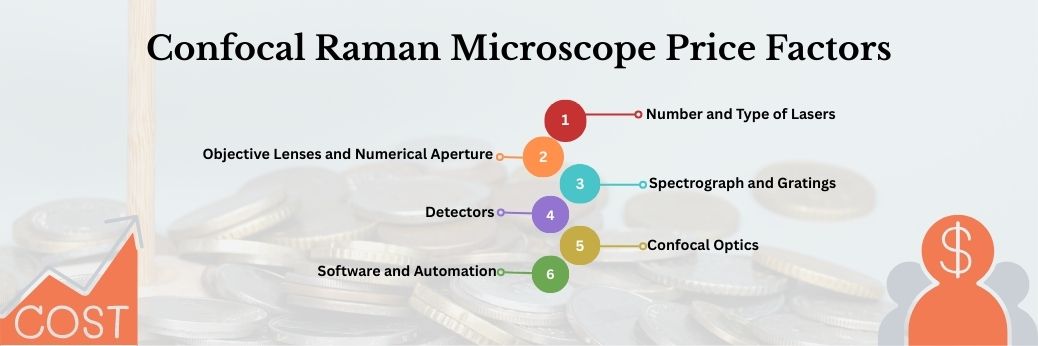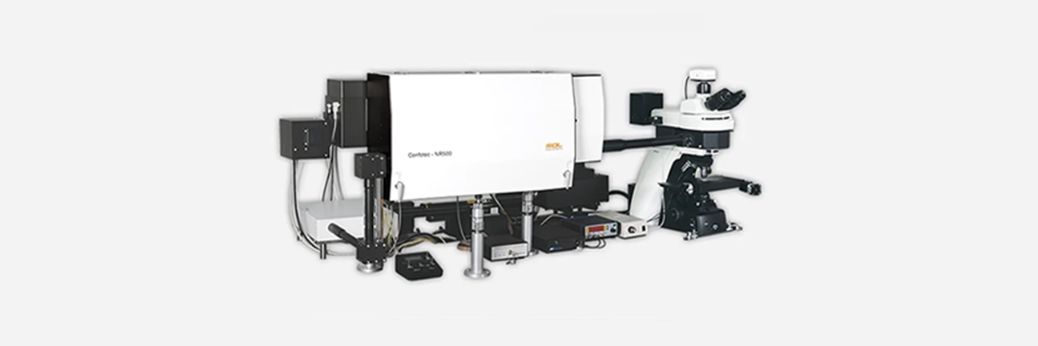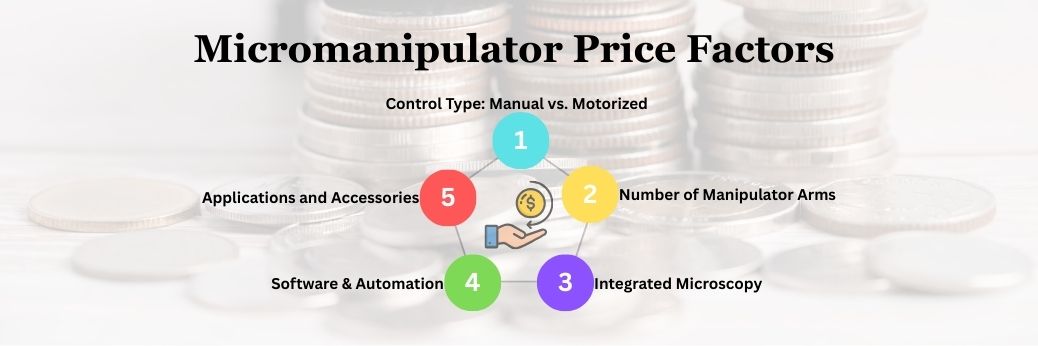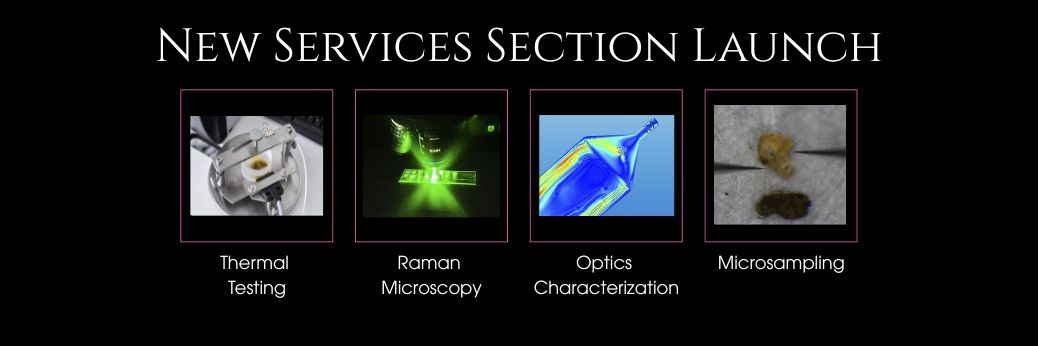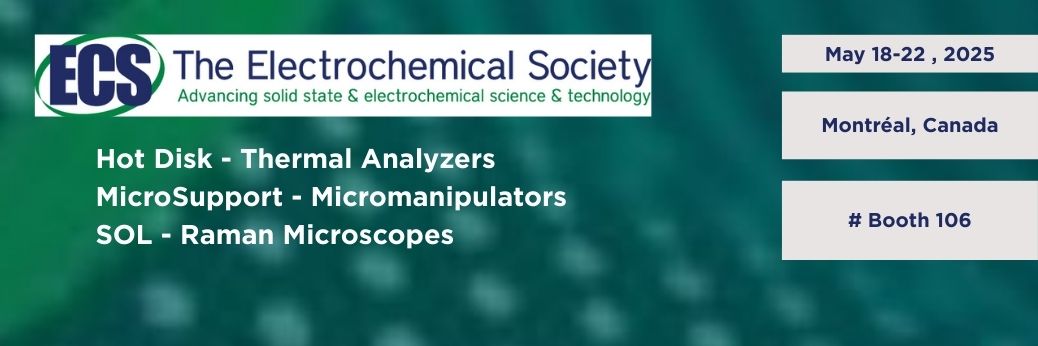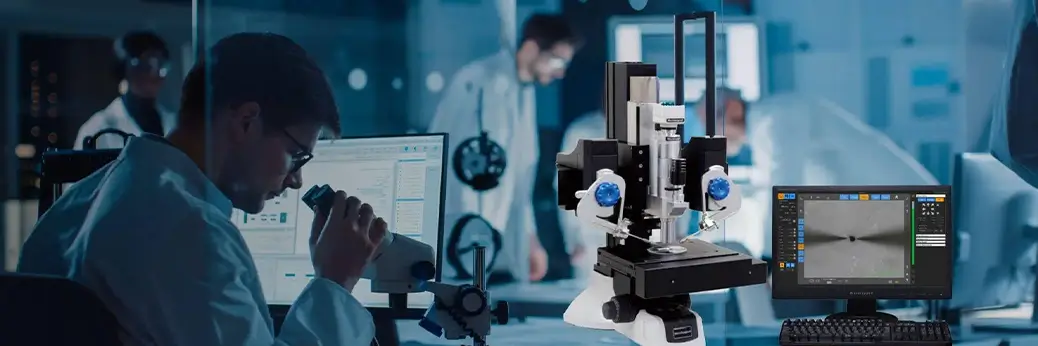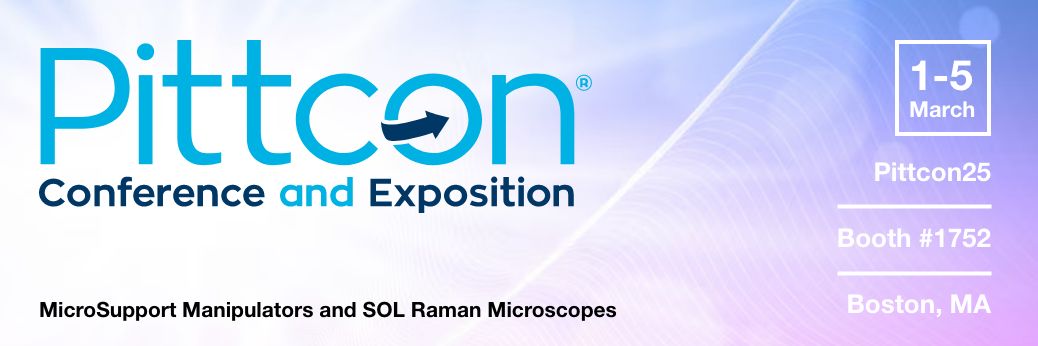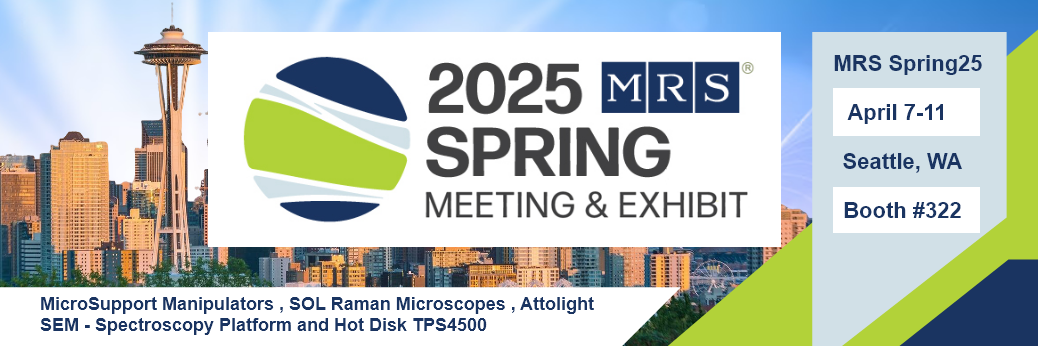Confocal Raman Microscopy is one of the most powerful techniques available for non-destructive chemical analysis and 3D imaging at the microscale. But with advanced capability comes a critical question for researchers, lab managers, and procurement teams alike:
How much does a confocal Raman microscope cost?
The answer isn’t as straightforward as a single number. The price of a confocal Raman microscope can vary significantly based on a range of technical specifications, configurations, and included accessories. In this post, we’ll break down the factors that influence cost and help you understand what to expect when budgeting for this advanced instrumentation.
What Is a Confocal Raman Microscope?
Before diving into pricing, it’s helpful to understand what you’re paying for.
A confocal Raman microscope combines the vibrational spectroscopy power of Raman analysis with the spatial precision of confocal optical microscopy. This synergy enables users to chemically map samples in 2D and 3D with sub-micron resolution. It’s widely used in:
- Materials science
- Pharmaceuticals
- Semiconductor analysis
- Nanotechnology
- Life sciences
This versatility makes it a high-value tool—but also one that varies widely in scope and complexity.
Confocal Raman Microscope Price Range
While pricing can vary depending on vendor and configuration, here’s a general estimate:
| System Level | Typical Price Range (USD) | Who It’s For |
| Entry-level Confocal Raman Microscope | $80,000 – $120,000 | University labs, academic research, small R&D teams |
| Mid-range System with 3D Imaging | $120,000 – $200,000 | Industrial R&D, quality control labs, multi-user facilities |
| High-end, Multi-Laser Confocal Raman System | $200,000 – $400,000+ | Advanced research centers, semiconductor fabs, nanotech labs |
Note: These prices often exclude optional accessories such as environmental chambers, additional laser lines, or ultra-low frequency filters.
What Affects Confocal Raman Microscope Price?
Several technical and support-related features impact the final cost:
1. Number and Type of Lasers: High-end systems like the Confotec® NR500 support multiple laser lines (e.g., 488 nm, 532 nm, 633 nm, 785 nm, and 1064 nm) for optimal sample compatibility. Each additional laser increases both system complexity and cost.
2. Objective Lenses and Numerical Aperture (NA): Higher NA objectives offer better spatial resolution. Immersion objectives (oil, water, glycerin) cost more than standard air objectives and improve resolution for advanced imaging applications.
3. Spectrograph and Gratings: The spectral resolution and range are defined by the spectrograph. Echelle or multi-grating systems enable ultra-fine resolution, especially important for low-frequency Raman spectroscopy and stress analysis in semiconductors—but at a higher price point.
4. Detectors: Most systems include a CCD or EMCCD detector. For infrared lasers (e.g., 1064 nm), you may need a more specialized InGaAs detector, which adds to the price.
5. Confocal Optics : True confocal systems with a physical pinhole provide better resolution and 3D imaging capabilities than pseudo-confocal designs, and are typically more expensive.
6. Software and Automation : Automated XYZ stage control, advanced Raman imaging software, and integration with temperature stages or cryostats increase system functionality—and price.
Are There Ongoing Costs?
Yes. In addition to the upfront investment, consider:
- Service contracts and maintenance
- Software licenses and updates
- Laser or filter replacement (after years of use)
- Training or application support
Choosing the Right Confocal Raman Microscope for Your Budget
Rather than focusing solely on price, it’s important to match system capabilities to your application requirements. Ask:
- What resolution and depth profiling do I need?
- Do I need low-wavenumber or ultra-low frequency Raman capability?
- Will I analyze sensitive or fluorescence-prone samples?
- Is 3D Raman imaging essential?
- What laser wavelengths are ideal for my materials?
For example, a mid-range Confotec® MR350 system might be ideal for general materials analysis and chemical mapping, while the Confotec® NR500 with multiple lasers and ultra-low frequency filters would be better suited for advanced nanotech or semiconductor research.
Final Thoughts on Confocal Raman Microscope Pricing
Confocal Raman microscope pricing reflects the sophistication of the technology. Whether you’re investing $50,000 or $400,000, you’re gaining a tool that can deliver precise, 3D, label-free chemical imaging of almost any sample.
If you’re exploring options, the best step is to talk to an expert. At Barnett Technical Services, we help you evaluate instruments like the Confotec® series to find the best match for your research and budget needs.
Get a Custom Quote
Need help navigating configurations, features, and pricing for Confocal Raman Microscopes?
Contact Barnett Technical Services today for personalized advice and a detailed quote.
